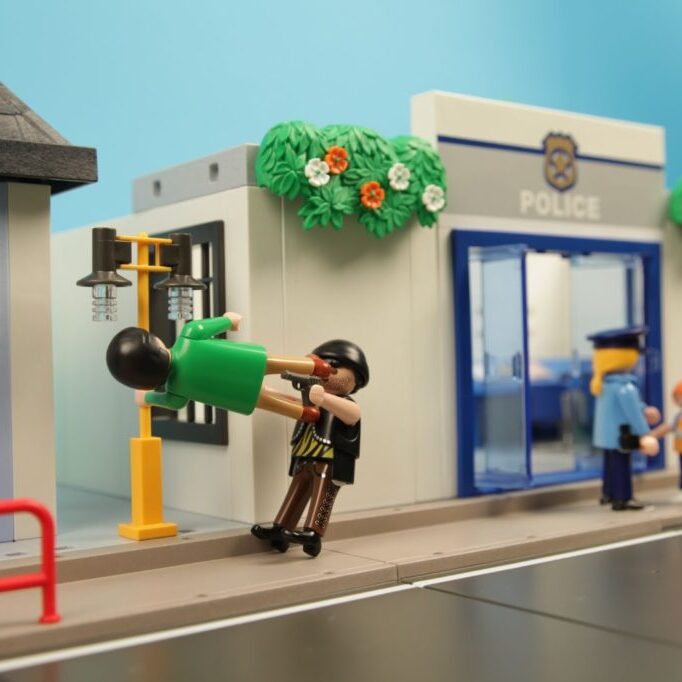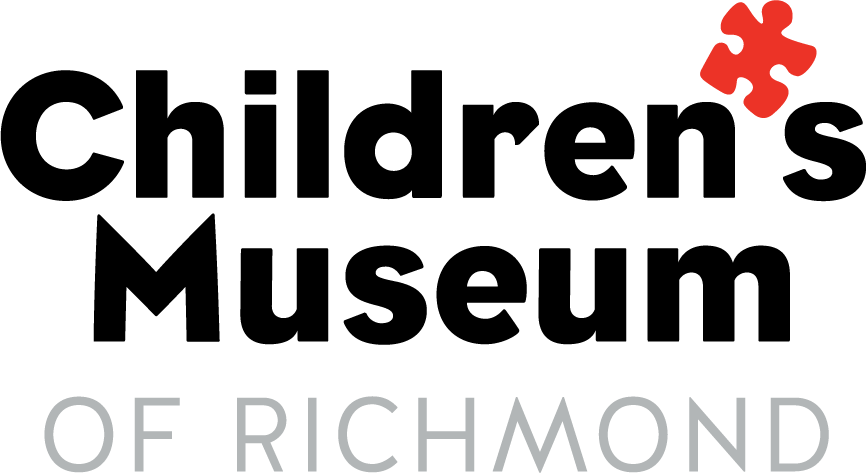Let’s Spread Peace
Modeling compassionate and peaceful behaviors ourselves is how we show our children how to treat themselves and everyone else.
Published on August 6, 2021

CLICK HERE TO READ OUR BLOG IN SPANISH
By Ali Sullivan (Family Engagement Manager at CMoR)
It is easy, in our role as parents and teachers, to tell our children how to behave when facing a conflict, but children often internalize behaviors they have seen. Our children observe us all the time, mirroring and doing what we do. While we can tell them “Do as I say…”, they are more likely to “Do as I do”!
As parents, we all have good intentions. Standing up against a culture that feeds on violence is hard! Even things that seem innocuous like those “funny” cartoons are full examples of using violence to resolve problems. I remember how fascinated I was when the characters were hit, pushed from cliffs or even exploded. Then miraculously, all their injuries disappeared in the next scene! That isn’t the case in real life!
So many times, we give our children conflicting messages like, use nice words, but then, we are caught in traffic- and we forget our nice words!. We use the very language we are telling them not to use. As Louise Diamond says very well in her book The Peace Book, “The child will learn to believe his experience rather than our words.”
What Can We Do?
It is ok to turn the tv off! If that’s not an option, it is more than ok to say no to cartoons and programs that glorify violence. At the school I worked at, we used to see the children playing with pretend guns or even making one with their hands and chasing “bad guys” during recess. It was common to hear the guides at the Montessori
classrooms and playgrounds say, “That’s not how we resolve conflicts in this family/school.” An approach like that in your family may be helpful as well.
It is essential to explain to your children the WHY of your rules so they understand that it is not an imposition, but a way of life. Something we practice to make our home, school, community, and the world a better place, a more peaceful place.
Make a Peace Corner
A Peace Corner is a place in your home where parents and children can go when they need to calm down, feel peace and well-being, and feel safe after having an argument. It is a place where they can reconnect with themselves and with their child and talk about feelings. You can even ask your child to help you decorate the corner. This space can have a plant or a flower, a comfortable cushion or a couple of chairs, a blanket, a stuffed animal, and even some playdough, paper, and colors. By using that space for yourself or with your children, you are saying: we value peace in this house/ school, we care for each other, I see you, we can resolve our disputes peacefully, I love you.
You can also include children books that talk about peace like The Peace Book by Todd Parr https://youtu.be/QklQ8fWXV8Y
“A consistent message at home and school about the culture of peace can give our children the support they need to follow the Four principles of Peace”. – Louis Diamond, The Peace Book.
Four Principles of Peace:
COMMUNITY
Relate to the natural selves of the children in your life, and help them stay connected to that place in themselves and each other.
COOPERATION
Work together with parents, teachers, kids and others to promote alternatives to violence in popular culture.
NONVIOLENCE
Create norms for nonviolent family and school life, such as peace corners, peer mediation and family meetings,
WITNESS
Be steadfast in your commitment to raise a new generation of peacemakers

Modeling compassionate and peaceful behaviors ourselves is how we show our children how to treat themselves and everyone else. When we have a hard time forgiving ourselves for our mistakes, we give them the message that forgiving someone else is not an option.
We can change our behavior because, as parents, we are also life-learners. You can even ask for help in your own learning process. You’ll be amazed at the answers your children and students come up with to resolve a conflict and find peace. Every time we make a conscious choice to change a behavior, we create new neural pathways. The positive choices will become a habit, and habits will become part of our personality. It is helpful to remember that what we see as children, we recreate as adults! Let’s be peaceful!

